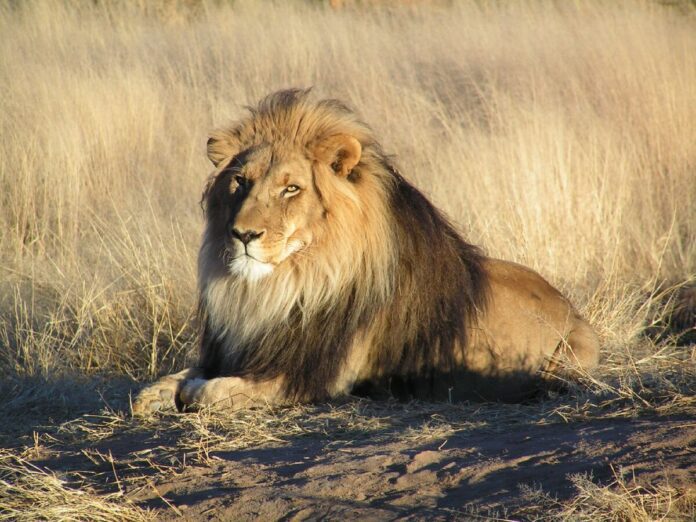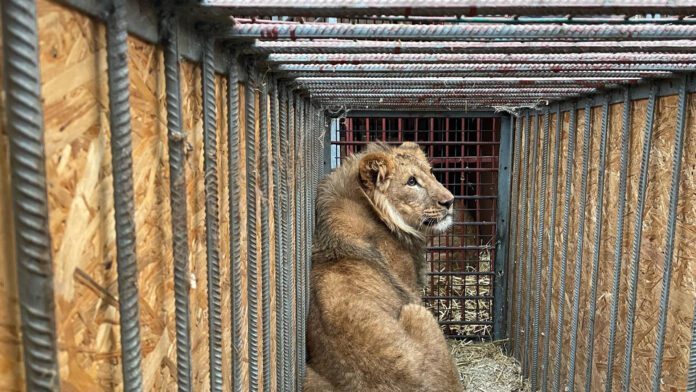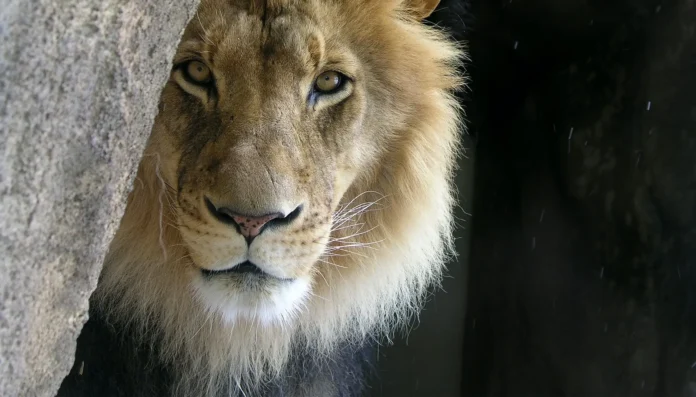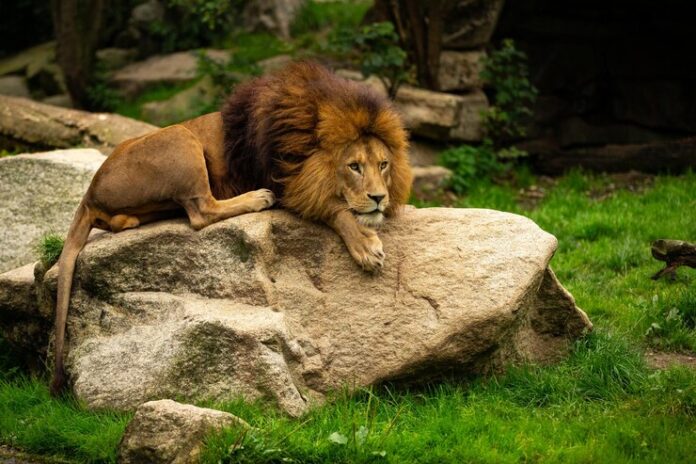Introduction to the Importance of Natural Elements in Your Pet Lion Outdoor Habitat
Creating an ideal habitat for your pet lion isn’t only about big fences and safety features; it’s crucial to incorporate natural elements that mimic their wild environments. This not only nurtures their physical health but also stimulates their mental well-being. Drawing from their natural behaviors observed in the wild, enhancing your lion’s habitat with natural elements can lead to a happier, healthier, and more content lion. Properly designed outdoor spaces can significantly impact their overall quality of life, ensuring they thrive under your care.
Key Takeaways
- Enhancing Physical Health: Natural elements in your lion’s habitat promote muscle development, cardiovascular health, and agility.
- Improving Mental Well-Being: Diverse environments stimulate your lion’s instincts and prevent boredom.
- Vegetation Benefits: Trees and shrubs provide shade, privacy, and enrichment for lions.
- Water Features: Ponds and streams offer hydration, cooling, and mental stimulation.
- Natural Substrates: Sand, soil, and grass improve comfort and encourage natural behaviors.
Benefits of Natural Elements in a Pet Lion’s Outdoor Habitat


Promotion of Physical Health
Incorporating natural elements into your pet lion’s outdoor habitat can significantly enhance their physical health. Just like in the wild, lions need a diverse environment that challenges and stimulates their physical capabilities. Large, open spaces encourage lions to roam and exercise, which is essential for muscle development, cardiovascular health, and weight management. Additionally, features like climbing rocks or logs can help hone their agility and coordination skills. Natural elements mimic the challenges lions face in their natural habitats, ensuring they get comprehensive physical exercise every day.
Improvement of Mental Well-Being
Mental well-being is just as crucial for lions as physical health, and a habitat rich with natural elements can provide significant psychological benefits. Lions are intelligent and curious creatures, requiring mental stimulation to stay healthy. By integrating various natural features such as diverse vegetation, different terrains, and hidden food items, you can encourage your lion’s instinctual behaviors like foraging and hunting. Such an environment helps prevent boredom and stress, which can lead to a range of behavioral issues and mental health problems. Essentially, a well-planned, naturalistic habitat can keep a lion mentally sharp and emotionally satisfied.
Types of Natural Elements to Include in Your Pet Lion’s Outdoor Habitat
Vegetation
Vegetation is a cornerstone of any natural lion habitat. It not only beautifies the environment but also serves multiple functional purposes that benefit your lion. Here are some reasons why vegetation is crucial:
- Shade and Shelter: Trees and large shrubs provide shade from the sun and shelter from weather elements, which is fundamental for your lion’s comfort and well-being.
- Privacy: Lions are territorial and occasionally require solitude. Dense bushes and tall grasses help in creating private spots where your lion can retreat for some alone time.
- Enrichment: Different types of plants can add complexity to the habitat, encouraging exploration and interaction, which is vital for mental stimulation.
When choosing plants for the habitat, opt for species that are native to the lion’s original habitat in the wild, as these are most likely to be both safe and appealing to the lion.
Water Features
Water features are an essential aspect of a naturalistic habitat for a pet lion, providing both practical and aesthetic benefits. These can range from a simple pond to a flowing stream or even a waterfall. Here’s why water features are beneficial:
- Hydration: Accessibility to fresh water for drinking is a basic necessity.
- Cooling Off: Lions can use larger water bodies to cool off in hot weather. It also adds to their comfort and helps regulate their body temperature.
- Stimulation: Water can be fascinating for lions; moving water or the ability to splash and play can provide excellent mental and physical stimulation.
Ensure that any water feature is safely designed to prevent any accidents or escapes and is maintained regularly to keep the water clean and healthy.
Natural Substrates
The choice of substrate in your pet lion’s habitat can greatly influence their comfort and health. Natural substrates such as sand, soil, or grass mimic the lion’s natural environment and offer several benefits:
- Comfort: These substrates are often more comfortable to walk on than artificial flooring, which can prevent issues like paw pad injuries or joint stress.
- Behavioral Encouragement: Many natural substrates encourage natural behaviors like digging or marking territory, which are vital for mental health and well-being.
- Hygiene: Certain natural substrates can help in the natural cleaning process of the lion’s feet and claws, reducing the risk of infections.
Each type of substrate has unique benefits, and combining several can create a more enriching and comfortable habitat for your lion. Always ensure that the substrates used are free of contaminants and are replaced or cleaned regularly to maintain a hygienic environment.
“Creating a natural habitat for your pet lion is not just about aesthetics; it’s about fostering an environment that supports their physical and mental well-being.”
Considerations for Creating a Natural Outdoor Environment for Your Pet Lion

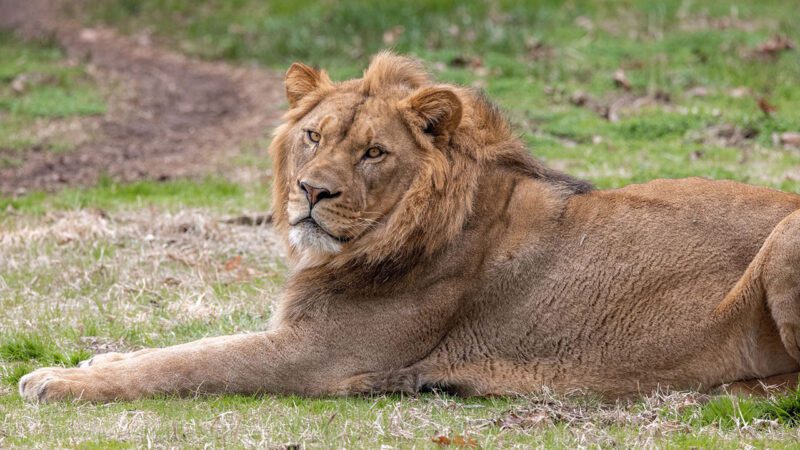
Creating an enriching and natural outdoor habitat for a pet lion requires careful planning and attention to several key factors. Ensuring their environment is closely aligned with their natural habitat not only promotes physical health but also mental well-being.
Size and Space Requirements
Space is a crucial element when designing a habitat for a pet lion. Lions are large, active animals that need ample room to roam, hunt, and rest. The enclosure should be large enough to mimic the vastness of their natural environment, which helps in preventing the stress associated with confinement. An ideal habitat should be at least half an acre, but the more space, the better. This area should include varied terrain such as grasslands, a few rocky outcrops, and areas with dense vegetation, giving them a sense of freedom and plenty of opportunities for physical activity.
Safety Measures
Safety is paramount when housing a large predator like a lion. The enclosure must be secure not only to keep the lion in but also to keep intruders out. High fences, at least 8 feet tall with an additional inward facing overhang, can prevent them from jumping out. These should be made of sturdy, durable materials to withstand any force from the lion. Equally important is the security of the viewing areas. Strong, tamper-proof barriers should be used to ensure the safety of both the lion and human onlookers. Additionally, having a double-gated entry system prevents escape when caretakers enter the habitat.
Maintenance and Upkeep
Regular maintenance of the lion’s habitat is essential to ensure it remains safe and comfortable. Regular checks should be carried out for any potential hazards like weak spots in fencing or harmful plants. The cleanliness of the enclosure is also vital. The area should be cleared of waste daily to prevent health issues and pest infestations. Natural water sources, if included, should be kept clean and be regularly checked to ensure they are safe and toxin-free, mimicking the freshness of natural waters found in the wild.
Tips for Integrating Natural Elements into Your Pet Lion’s Outdoor Habitat

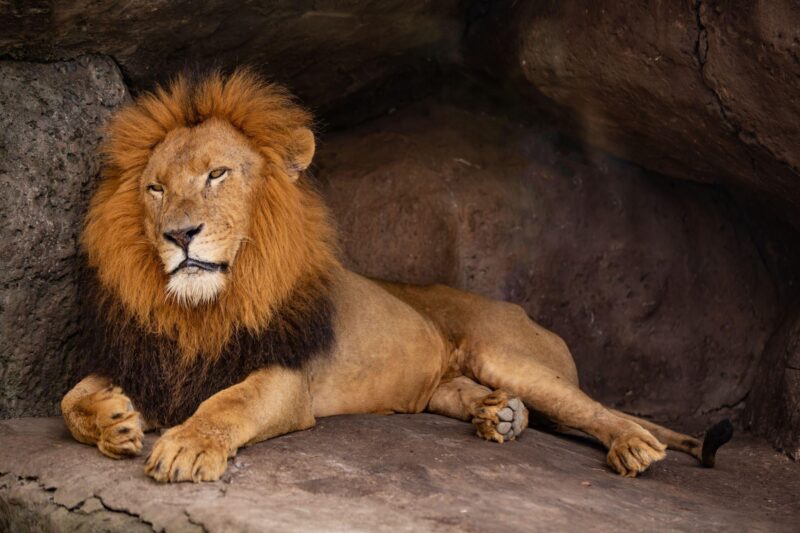
Incorporating natural elements into your pet lion’s habitat isn’t just about aesthetic appeal; it’s about creating a dynamic environment that stimulates their natural behaviors and contributes to their overall well-being.
Consulting with Wildlife Experts
Before making any changes to your pet lion’s habitat, it’s advisable to consult with wildlife experts or a zoologist specialized in large carnivores. These professionals can provide insights into the specific needs and preferences of lions in captivity. They can advise on the types of plants, substrates, and layout that are safe and beneficial for lions. Moreover, they can help you understand the climatic and environmental conditions best suited for your lion, ensuring that any natural elements introduced will thrive in your specific setting.
Gradual Implementation Process
When introducing natural elements into the habitat, it’s important to do so gradually. Start by integrating small changes and observe how your lion reacts to each addition before making more significant alterations. This might include adding new types of vegetation, a small water feature for them to play in, or different soil substrates to enrich their sensory experiences. Gradual implementation helps your lion adjust to the changes without overwhelming them, reducing stress and promoting a positive interaction with their new environment.
Monitoring Your Love’s Behavior
Continuous monitoring of your lion’s behavior is essential after integrating natural elements into their habitat. Look for signs of enjoyment, such as playing, exploring, or resting in the new areas, which indicate a positive response. Conversely, signs of stress or aggression might suggest that some elements are not well-received. Keeping a detailed log of their activities and any changes in behavior can be helpful in determining which features work best and which may need to be re-adjusted or removed. This ongoing evaluation ensures that the habitat continues to meet their needs and supports their health and happiness.
Real-Life Examples of Successful Natural Habitat Set-Ups for Pet Lions
Zoo Case Studies
Many zoos around the world have made significant strides in replicating natural habitats for their lions, serving as excellent examples for private owners. The Bronx Zoo in New York, for instance, reconstructed its lion exhibit to mimic an African savanna, complete with native grasses, acacia-like trees, and a large pond. This setup encourages natural behaviors such as stalking and lounging in shaded areas, much like they would in the wild. Similarly, the San Diego Zoo Safari Park enhanced its lion habitat by adding a variety of terrain levels and hiding spots that promote physical activity and mental stimulation. These terrains help in muscle development and provide a more engaging and enriching environment. Key takeaways from these examples include:
• Variety in terrain to encourage exploration and exercise.
• Ample shade and shelter to replicate the natural resting conditions.
• Water features not only for drinking but for cooling down during hot days.
What We Can Learn from Private Sanctuaries
Moving from the professional setups seen in zoos to private sanctuaries, these often offer more personalized and expansive habitats for pet lions. A notable example can be found in a large private sanctuary located in Texas, which has successfully replicated a mini-savanna. Here’s how they did it:
- Space: They dedicated several acres to the habitat, allowing the lions plenty of room to roam.
- Vegetation: They planted native African grasses and shrubs, providing both nutrition and the feel of their natural environment.
- Enrichment: The sanctuary includes enrichment items like large logs for scratching and climbing, and hidden food puzzles that encourage natural hunting skills.
These sanctaries demonstrate that with the right resources and commitment, it’s entirely possible to create a stimulating and sustainable outdoor habitat for pet lions. Owners inspired by these examples should consider the key elements of terrain variability, vegetation, and size when designing their own lion’s habitat. These practical insights from both zoos and private sanctaries showcase the effectiveness of naturalistic designs in supporting the health and wellbeing of lions. Implementing similar features can help in offering a thriving environment for your pet lion.
Related Article : The 101 Ultimate Guide to Raising a Pet Lion Indoor vs Outdoor Living
Conclusion: The Transformative Impact of Natural Elements on Your Pet Lion’s Outdoor Habitat
Incorporating natural elements into your pet lion’s outdoor habitat not only ensures their physical well-being but significantly enhances their quality of life. By mirroring the vastness and variety of their native environments, these features encourage natural behaviors, reducing stress and promoting overall health. Introducing items like living plants, varied substrates, and dynamic water features can transform a plain enclosure into a thriving landscape that stimulates your lion physically and mentally.
Remember, creating an enriched habitat is an ongoing process. Regularly assess and update the environment to keep your lion engaged and content. Witnessing the positive effects on your lion’s health and behavior will be your greatest reward in this endeavor.
Frequently Asked Questions
1. What are the best natural elements to include in a pet lion’s habitat?
Including elements like native vegetation, water features, and natural substrates can create a stimulating and healthy environment for your lion.
2. How much space does a pet lion need in an outdoor habitat?
Ideally, a pet lion should have at least half an acre to roam. The more space available, the better for their physical and mental health.
3. Why are water features important in a lion’s habitat?
Water features provide hydration, a means for cooling off, and mental stimulation through interaction with moving water.
4. How can vegetation benefit my pet lion?
Vegetation offers shade, shelter, and privacy while encouraging natural behaviors like exploration and foraging.
5. What safety measures should I consider when designing a lion’s habitat?
Ensure high, sturdy fences, secure barriers for viewing areas, and regular maintenance checks to keep the habitat safe and secure.
Ready to transform your pet lion’s habitat? Start integrating natural elements today and witness the remarkable change in their health and happiness. Contact us for expert advice and personalized habitat planning!






